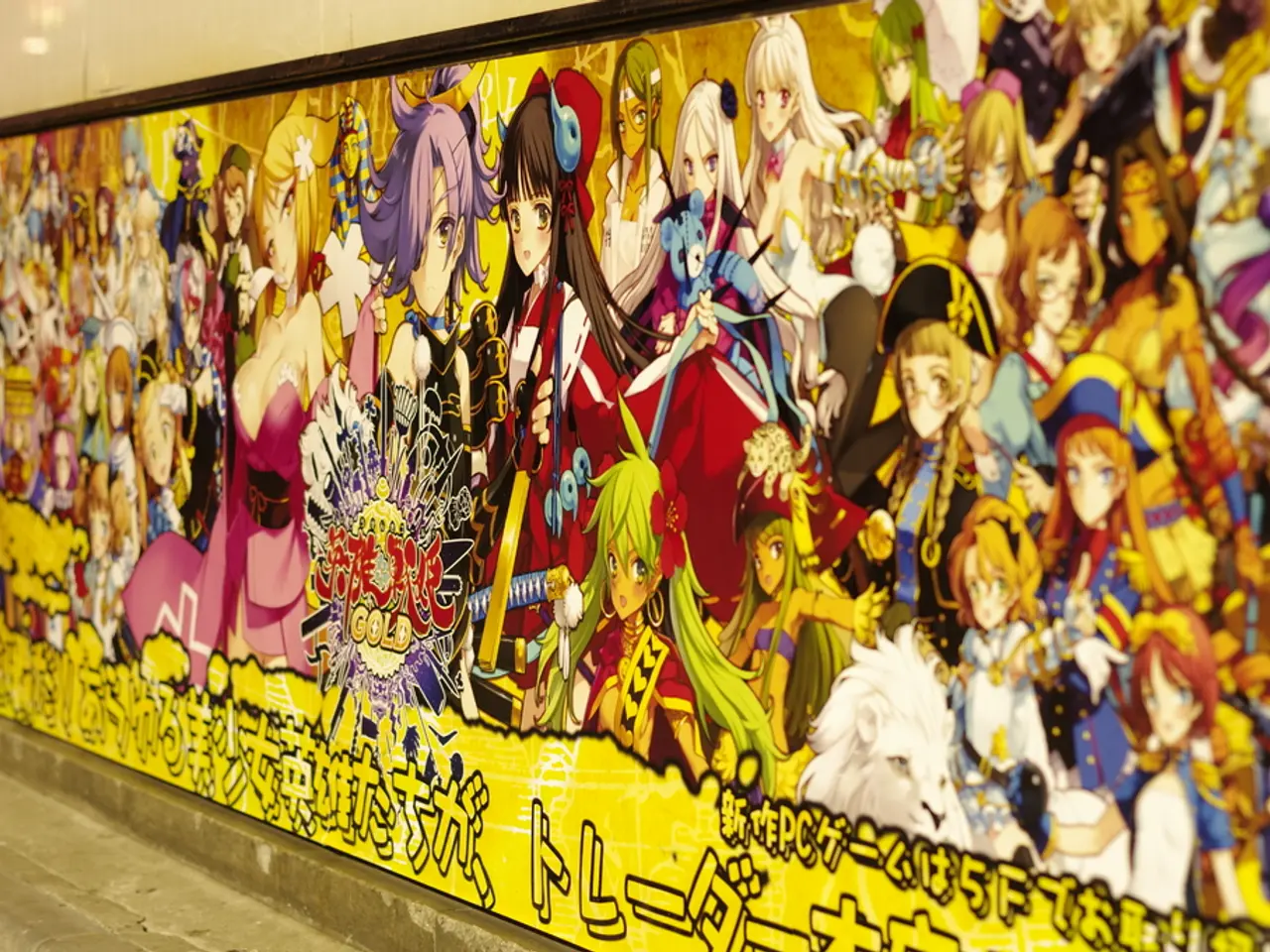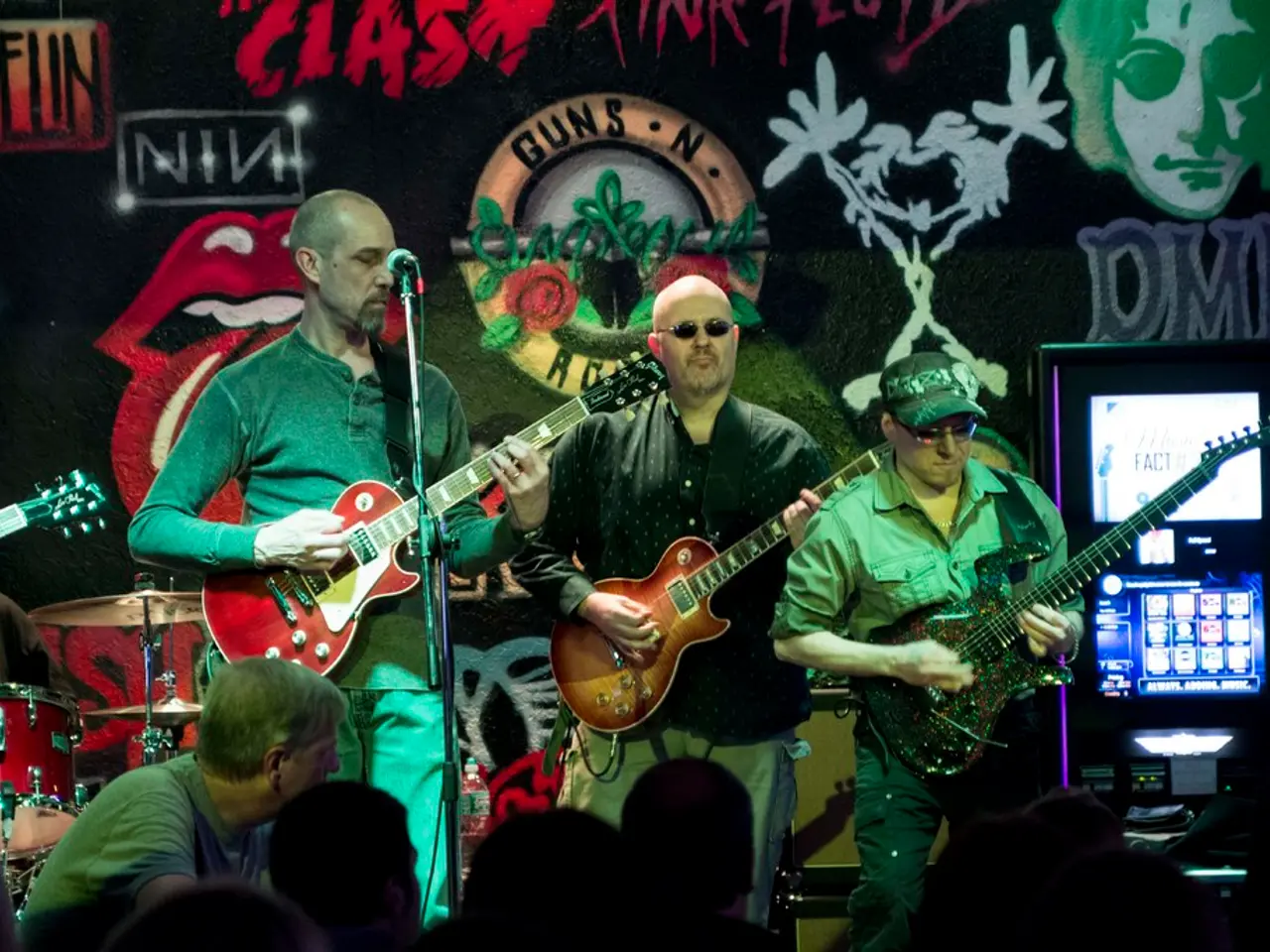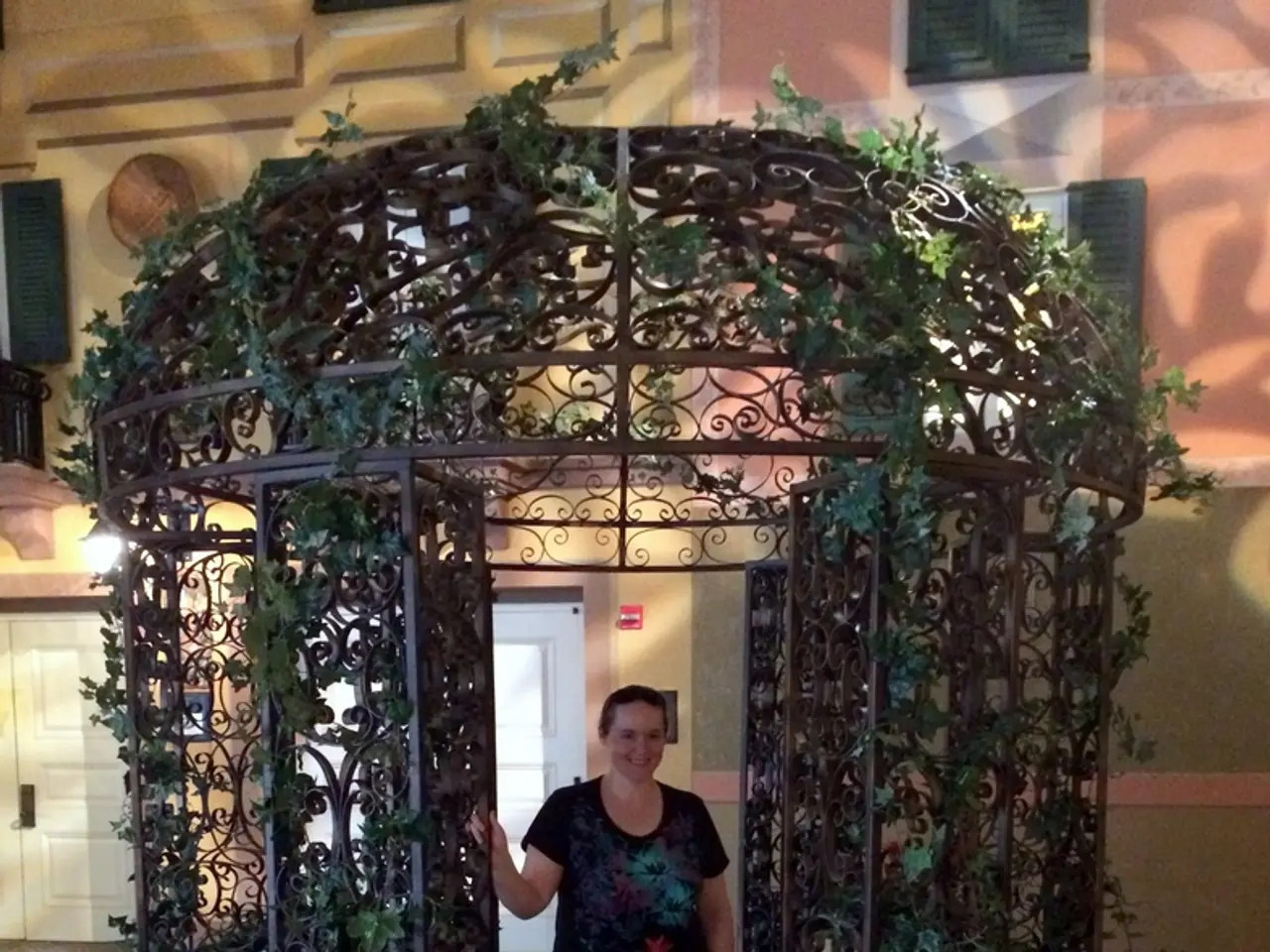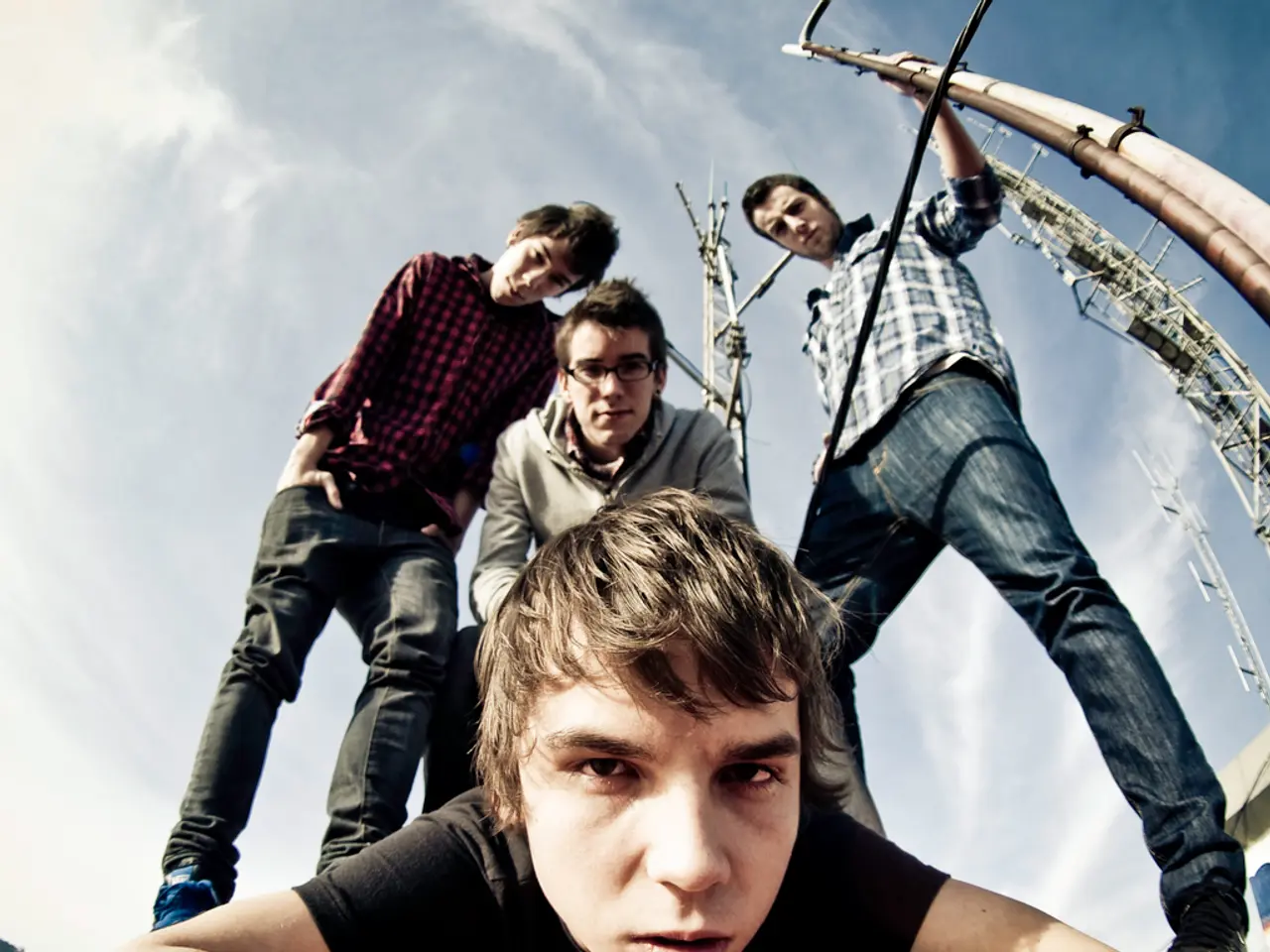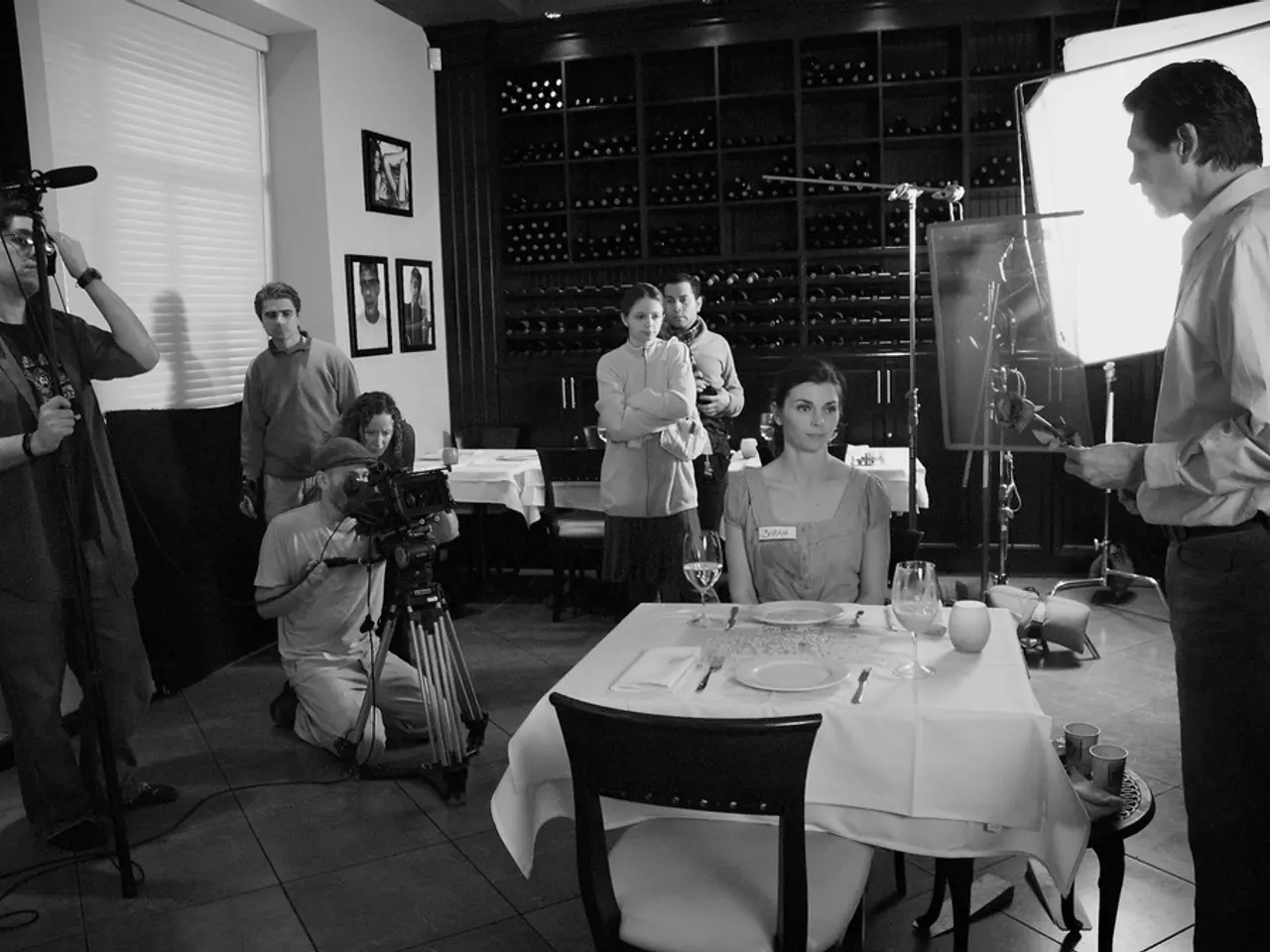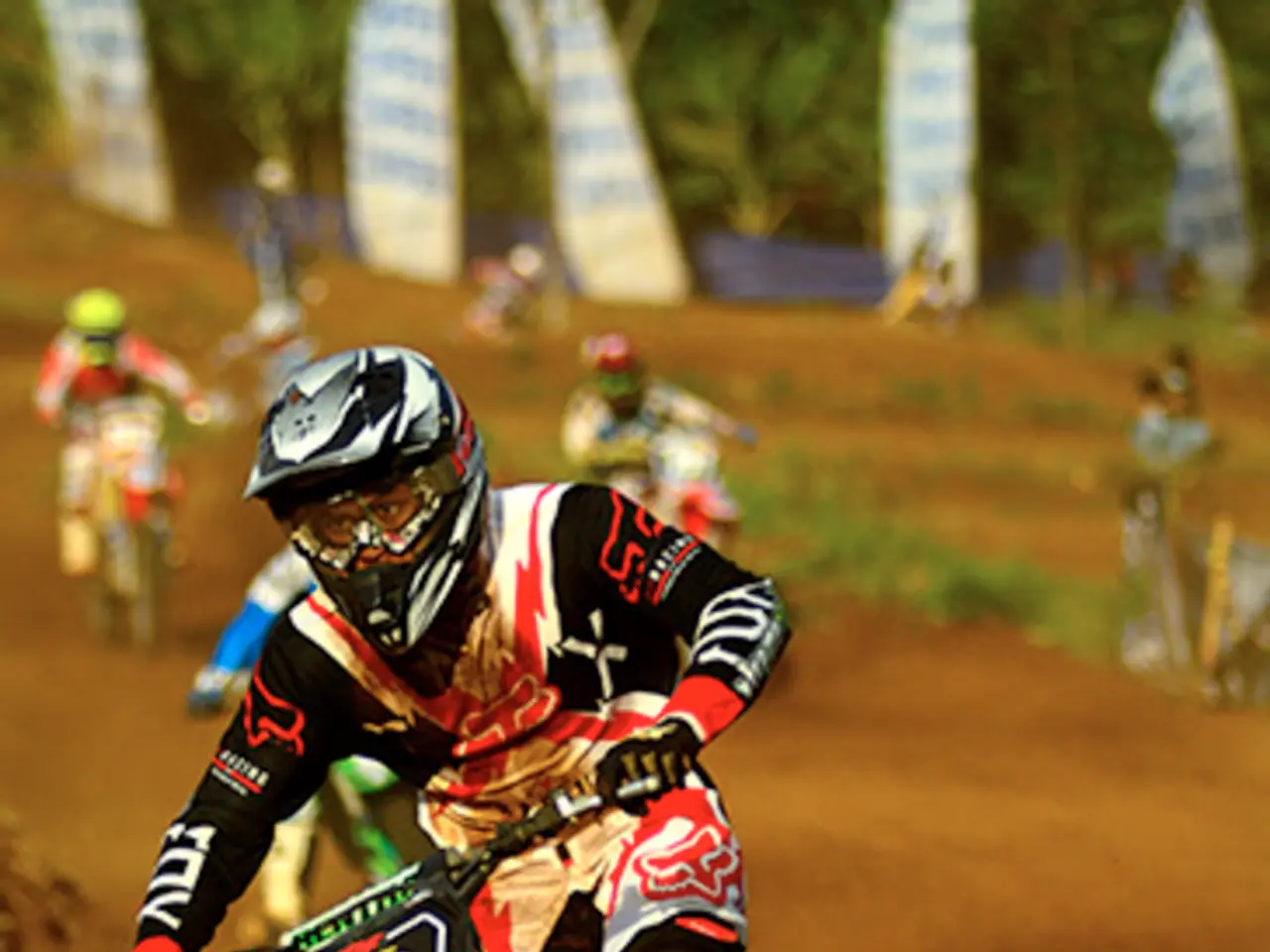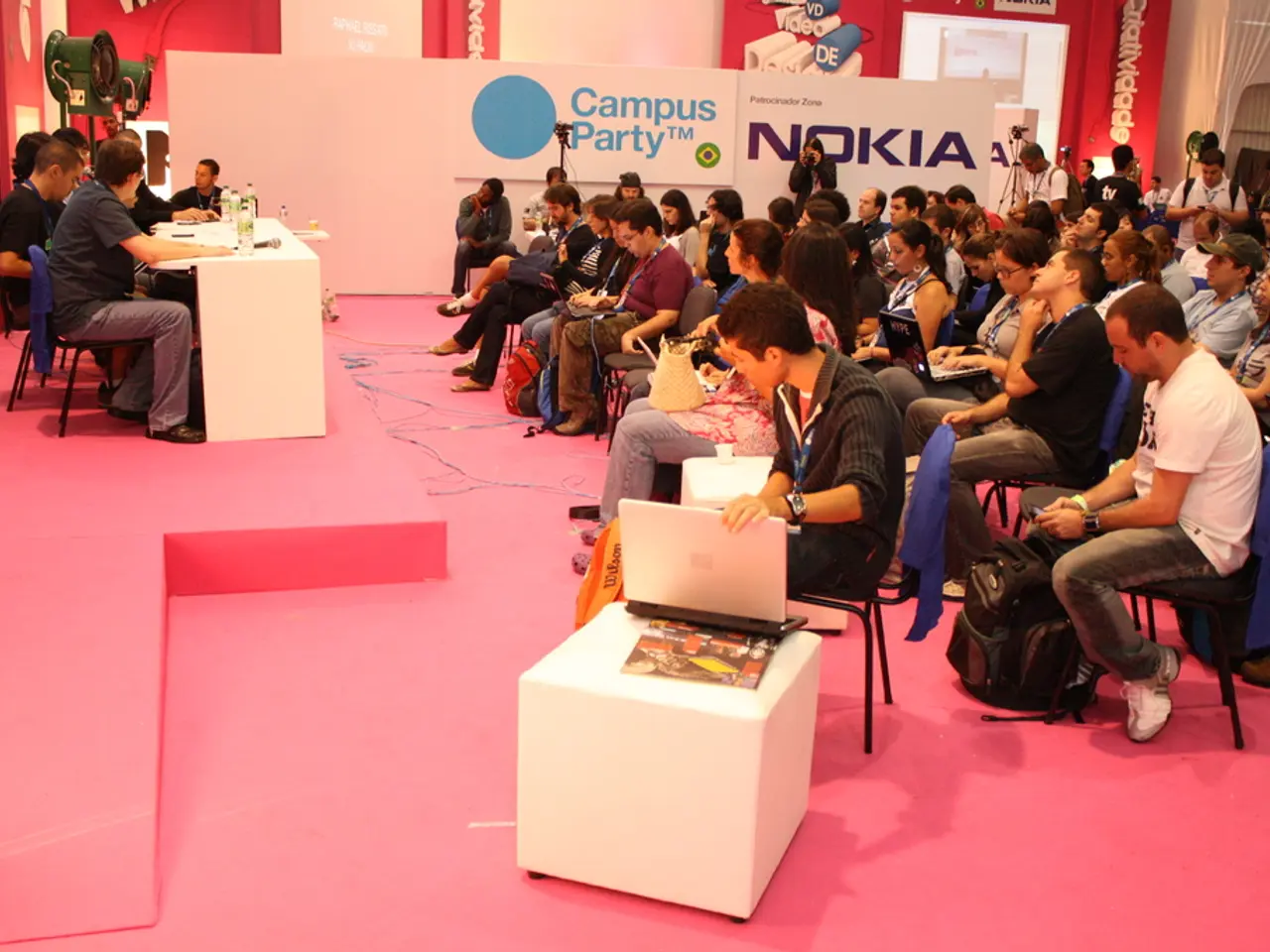Ghibli Debate Sparks Controversy
In the realm of artificial intelligence (AI), a complex and legally unclear issue has arisen for companies: the use of copyrighted works, such as those from Studio Ghibli, without permission to train AI models for image generation.
The distinctive artistic style of Studio Ghibli, with its intricate details and heartfelt stories, is highly sought after by AI developers. However, training AI models on a substantial number of protected works can raise copyright infringement concerns. While some jurisdictions provide exceptions for text and data mining for training purposes, artists must explicitly opt out.
The use of Studio Ghibli's style in AI-generated images is a legal grey area. While the artistic style itself is not protected by copyright, the specific works are. This legal nuance means that AI-generated images inspired by Studio Ghibli's style do not necessarily constitute infringement, but using the original copyrighted images to train AI without permission can be contested.
The European Union is evolving its laws to address this issue, with the EU Artificial Intelligence Act introducing transparency requirements about data sources used for AI training. In Japan, lawmakers are considering bans on AI-generated images that mimic Studio Ghibli's style, indicating active legislative concern.
OpenAI, a leading AI company, has recently added a function that refuses to generate images in the style of living artists when requested. However, some artists have heavily criticized the trend of using AI to create art in their style without their permission or credit.
The rise of AI-generated art has become a concern for artists struggling to get work and commissions, as some AI-created art is indistinguishable from real pieces made by artists. Hayao Miyazaki, the founder of Studio Ghibli, has expressed disdain for AI in creative fields, stating that it goes against the ideals of Studio Ghibli and cannot emulate the human element of their animation.
On the other hand, Sam Altman, CEO of OpenAI, encourages the AI Ghibli trend and uses the filter for his social media profile. He argues that the trade-off for AI usage is worth it, as it allows content to be disseminated widely.
AI can also be used as inspiration for art, offering more experimentation without taking too much time. Ms. Sutton, an art teacher, believes that AI should be used to enhance creativity, but not replace it in the art classroom.
However, it is crucial for AI companies to respect artists' decisions regarding the use of their art or pay licensing fees for training images to avoid ethical issues. The New York Times has filed a lawsuit against OpenAI and Microsoft for using their articles without permission to train AI models, highlighting the importance of this issue.
Studio Ghibli's movies, with their animation that takes months to complete and every detail meticulously drawn by hand, continue to be overwhelmingly popular in the West. Many users online share sentiments about how they are reliving their childhood and experiencing the wonderful world of Ghibli through AI-generated images.
As the use of AI in art continues to evolve, it is essential for both artists and AI companies to navigate this complex legal landscape with care and respect for copyright laws.
- The distinctive artistic style of Studio Ghibli, which inspires AI developers, raises concerns about copyright infringement when AI models are trained on a substantial number of protected works.
- While the European Union and the EU Artificial Intelligence Act are addressing the use of protected works for AI training, Japan is considering bans on AI-generated images mimicking Studio Ghibli's style.
- AI-generated images inspired by Studio Ghibli's style do not constitute copyright infringement, but using the original copyrighted images to train AI without permission can be contested, as shown in the New York Times' lawsuit against OpenAI and Microsoft.
